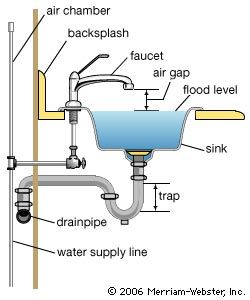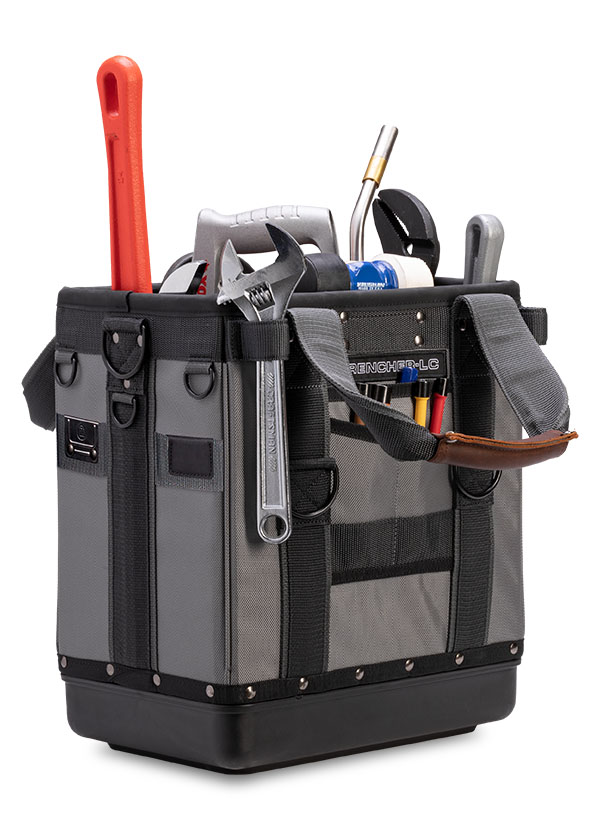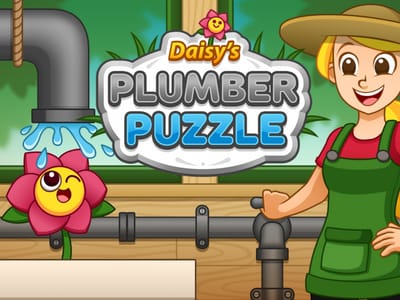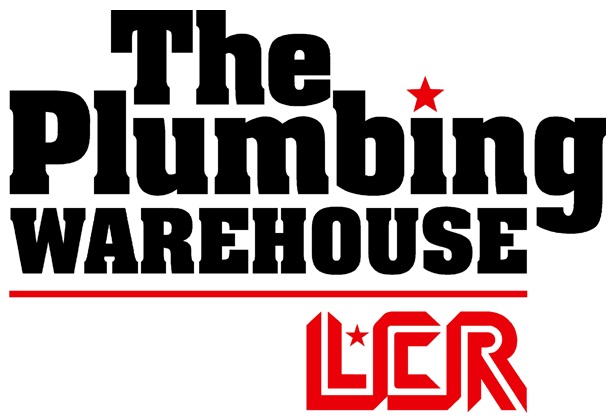What Is The Summary Of Plumbing?
Plumbing is a system of pipes and fixtures installed in buildings for the distribution of potable water, wastewater, and gas. It includes the installation of pipes, drainage systems, and fixtures such as water heaters, toilets, sinks, and showers. Plumbing also involves providing maintenance and repair services for these systems. Plumbing is an important part of any building, as it is responsible for providing clean water and taking away waste. It is important for a plumbing system to be properly designed and installed in order to ensure that it is safe and efficient.
Overview of Plumbing
Plumbing is the complex system of pipes, valves, fixtures, and other apparatus used to deliver potable water to a building and to transport wastewater away from the building. It is a critical component of any home, and without it, you would not be able to access hot and cold water or have a way to get rid of waste. Plumbers are skilled professionals who are responsible for the installation and maintenance of these systems. They are knowledgeable in the latest technologies and techniques and understand how to troubleshoot problems when they occur. Plumbers can also provide consultation services and help ensure that code requirements are met. By understanding the basics of plumbing, you can understand the mechanics behind how the system works and be better prepared to deal with any problems that might arise.
Types of Plumbing Systems
Plumbing is a complex system of pipes, fixtures, and other components that deliver water to a building and remove wastewater. Plumbing systems vary depending on the structure, size, and type of building they’re installed in, as well as the desired utility. Generally, plumbing systems can be classified into three types: potable water systems, wastewater systems, and irrigation systems.
Potable water systems are responsible for providing clean water for drinking, cooking, and bathing. Wastewater systems are designed to safely collect and remove wastewater from the building. Irrigation systems are used to deliver water to lawns, gardens, and other landscaping areas.
Each type of plumbing system requires specialized components and installation techniques to ensure proper performance and reliability. Common components of plumbing systems include piping, valves, fixtures, traps, and venting. These components must be selected and installed in accordance with local building codes and industry standards. Professional plumbers are qualified to install, maintain, and repair these systems.
In addition to the three main types of plumbing systems, there are many other specialized systems, such as medical gas systems, vacuum systems, fire suppression systems, and backflow prevention systems. These systems require specialized components and installation techniques and must be installed by qualified professionals to ensure proper performance and safety.
In summary, plumbing is an intricate system of pipes, fixtures, and components used to deliver water and remove wastewater from a building. There are three main types of plumbing systems – potable water, wastewater, and irrigation – as well as many specialized systems. Each system requires specialized components and installation techniques and must be installed and maintained by qualified professionals to ensure optimal performance and safety.
Common Plumbing Materials
Plumbing is a critical part of any home or building. It is the system of pipes, valves, drains, and fixtures that carry water and wastewater throughout the building. The most common plumbing materials include copper, PVC, galvanized steel, and brass.
Copper is the most common material used in plumbing for residential and commercial applications. It is durable, corrosion-resistant, and easy to install. Copper is also very malleable, so it can be bent and shaped to fit into tight spaces. PVC is also widely used in plumbing due to its affordability and ease of installation. It is also resistant to corrosion and bacteria growth, making it a good choice for potable water.
Galvanized steel is another popular material used in plumbing, especially in commercial buildings. It is strong and durable, but it can corrode over time. Brass is also often used in plumbing, due to its strength and corrosion resistance. It is often used for valves, fixtures, and other hardware.
No matter what material is used in plumbing, it is important to ensure that all fittings and connections are secure and up to code. This will help to keep the plumbing system running smoothly and prevent potential problems.
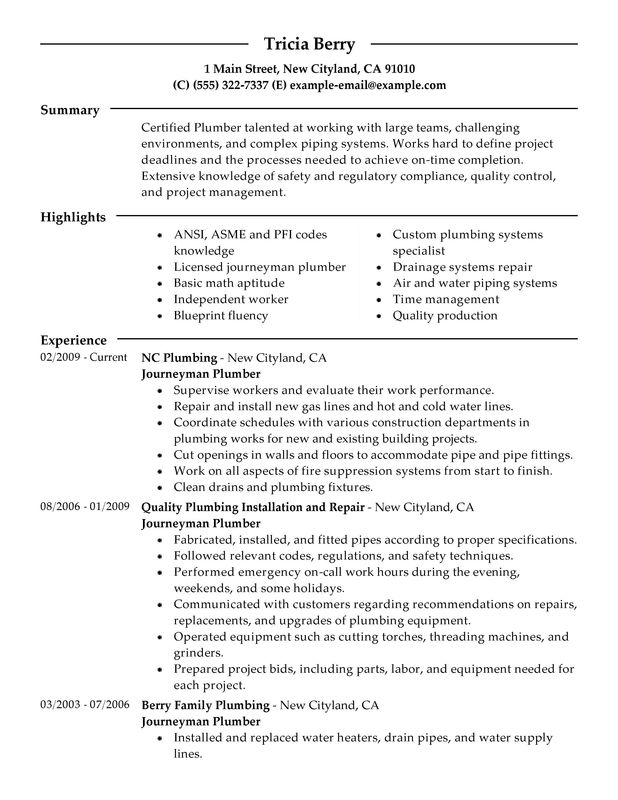
Plumbing Regulations and Standards
Plumbing is an essential part of any home, and having a good understanding of the regulations and standards set by professionals can help ensure safety and efficiency. Plumbing regulations are developed by individual states, covering the installation and maintenance of water, drainage, and gas pipes, as well as the fixtures and appliances connected to them. Standards are set by groups such as the American Society of Plumbing Engineers (ASPE) and the American National Standards Institute (ANSI). These standards provide guidelines for the design and installation of plumbing systems, including the sizing of pipes, materials, and fixtures. Plumbing professionals must adhere to these regulations and standards to ensure safety and proper performance. To ensure quality, plumbing professionals should be certified by an accredited organization such as the National Inspection Testing Certification (NITC). These certifications demonstrate that a professional has the knowledge and experience to install and maintain plumbing systems.
Having a good understanding of plumbing regulations and standards is essential for homeowners and professionals alike. Knowing these regulations and standards can help ensure that all plumbing systems are up to code and safe to use. Having certified plumbing professionals can also help to ensure that the systems are installed and maintained properly.
Plumbing Maintenance and Repairs
Plumbing maintenance and repairs are essential aspects of keeping a home or business functioning at its best. For homeowners, regular inspections of their plumbing systems can identify small problems before they become major issues. Professional plumbers are trained to diagnose and repair a variety of plumbing-related issues, from clogged drains to leaky faucets. Plumbers can also provide advice on the best products and techniques for keeping plumbing systems running efficiently. Additionally, plumbers may be called upon to install new fixtures, such as toilets, sinks, and showers. In commercial settings, plumbers may be responsible for larger projects, such as the installation of a new water heater or the replacement of a sewer line. To ensure a plumbing system is running smoothly, it’s important to have it inspected regularly by a qualified professional. Regular maintenance can help to prevent costly repairs and extend the life of the system.
Advantages and Disadvantages of Plumbing
Plumbing is a system of pipes, fixtures, valves, and other equipment that is used to supply potable water to a building, and to remove wastewater. It is an important part of a home’s infrastructure, and can help to ensure the safety and comfort of the people living in the building. While plumbing is a beneficial system, it is not without its drawbacks. The following will provide an overview of the advantages and disadvantages of plumbing.
Advantages of plumbing include the availability of clean, potable water, and the ability to maintain a comfortable indoor environment by controlling the temperature and humidity of the building. It also helps to reduce the amount of food waste and wastewater that is generated, since it is easier to dispose of these materials through the plumbing system. Additionally, plumbing can help to reduce the risk of water-borne diseases.
On the other hand, plumbing is expensive to install and maintain, and can be difficult to repair when it is damaged. Leaks can also occur, which can cause water damage and mold growth. Additionally, plumbing systems can be difficult to access in the event of an emergency, such as a fire.
Overall, plumbing is a beneficial system that provides several advantages, including the availability of clean water, the ability to maintain a comfortable indoor environment, and a reduced risk of water-borne diseases. However, plumbing is expensive to install and maintain, and can be difficult to repair when it is damaged. It is important to consider both the advantages and disadvantages of plumbing before making a decision.
FAQs About the What Is The Summary Of Plumbing?
Q1: What is plumbing?
A1: Plumbing is the system of pipes, fittings, and fixtures used for the distribution of water and removal of waste in a building.
Q2: What are the components of a plumbing system?
A2: The components of a plumbing system include pipes, valves, fixtures, tanks, and other appliances used to convey and control the flow of water.
Q3: What are the benefits of plumbing?
A3: Plumbing systems are essential for maintaining clean water in a building and ensuring proper waste disposal. Plumbing systems also improve the efficiency of water use, minimize the risk of water-borne illnesses, and reduce noise pollution.
Conclusion
Plumbing is an important system in modern homes and buildings. It involves the installation of pipes, fixtures, and other components used to bring water in and out of a structure. Plumbers are highly trained professionals who are responsible for the design, installation, and maintenance of plumbing systems. The importance of plumbing is reflected in its complexity and the need for proper installation and maintenance.

